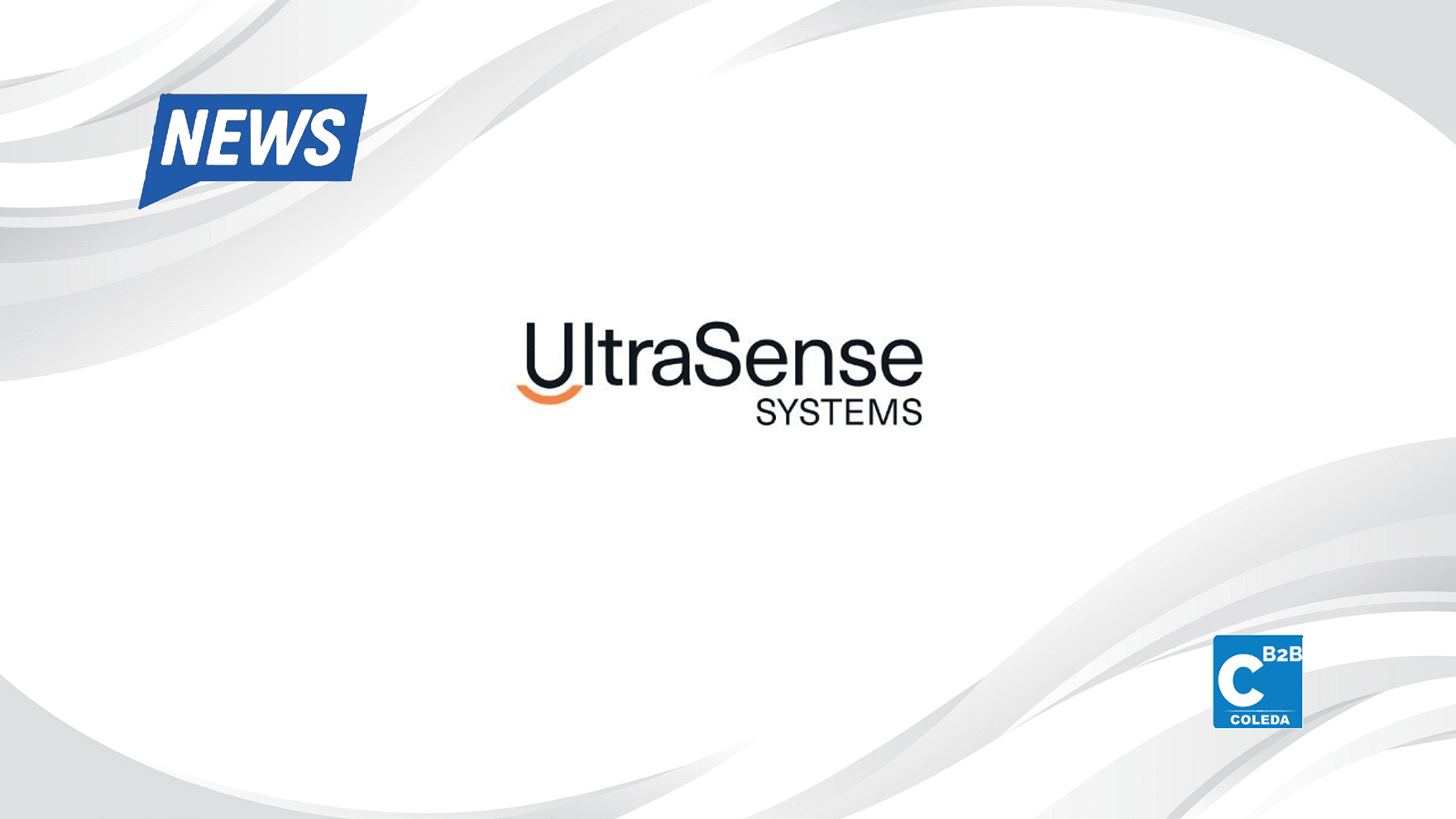UltraSense Systems today announced automotive in-plane sensing technology that offers the ability to enable multi-mode sensing and HMI control in the SmartSurface (or A-Surface) plane, dramatically increasing size and weight reduce, enable modern designs and offer highly configurable options that reduces part numbers and reduces assembly complexity. This translates into sustainability and recyclability benefits, increases reach, and enables modern designs and new user experiences not previously possible, such as: B. Assistive controls for retractable steering wheels that require sleek, slim form factors.
In-plane detection is an important step towards the ability to provide a full HMI experience by enabling the thinnest possible space. More than an ITO capacitive layer, this is defined by offering sensor fusion and enabling multimode sensing, processing and algorithms, feedback control: lighting, audio, haptics and secure connectivity. It’s a recipe for transformative change in reducing the size of existing vehicle module depth. Combined with the TouchPoint family of HMI controllers, InPlane sensing enables designs that support all types of smart surface HMI interactions through the widest range of materials, beyond capacitive plastic and glass. Smart Surfaces can now work through natural materials like wood and leather to metal and other soft surfaces.
“Traditional interface modules were measured in inches thick, with in-plane detection we’re talking millimeters surface thickness, with full solid-state HMI controller capabilities, multi-mode sensing and feedback control of lighting, audio and haptics,” said Mo Maghsoudnia , Founder and CEO of UltraSense Systems. “InPlane sensing principles combined with our TouchPoint family of HMI controllers deliver the thinnest HMI that works through the widest range of materials. This technology is applicable to automotive interior and exterior HMI experiences, industrial and consumer applications.”
InPlane detection is a design structure and works with all TouchPoint HMI controllers and sensors, offering new thin designs as well as the traditional, thicker force column designs.
All TouchPoint HMI controllers offer
Multi-mode detection (CapForce, UltraForce, TapForce)
Processing and AI algorithms for machine learning
Feedback control to control lighting, audio and haptics
Secure connectivity options to support industrial protocols such as LIN and CAN, as well as configurability – optionality, technology upgradeability offered in production, at the dealership or over-the-air update by the end user.
UltraStudio 2.0 is an HMI User eXperience design and human factors evaluation tool that makes it easy to test and compare different touch and feedback settings, including lighting, audio, and haptics. It helps to speed up the product development phase of the HMI end user experience.






